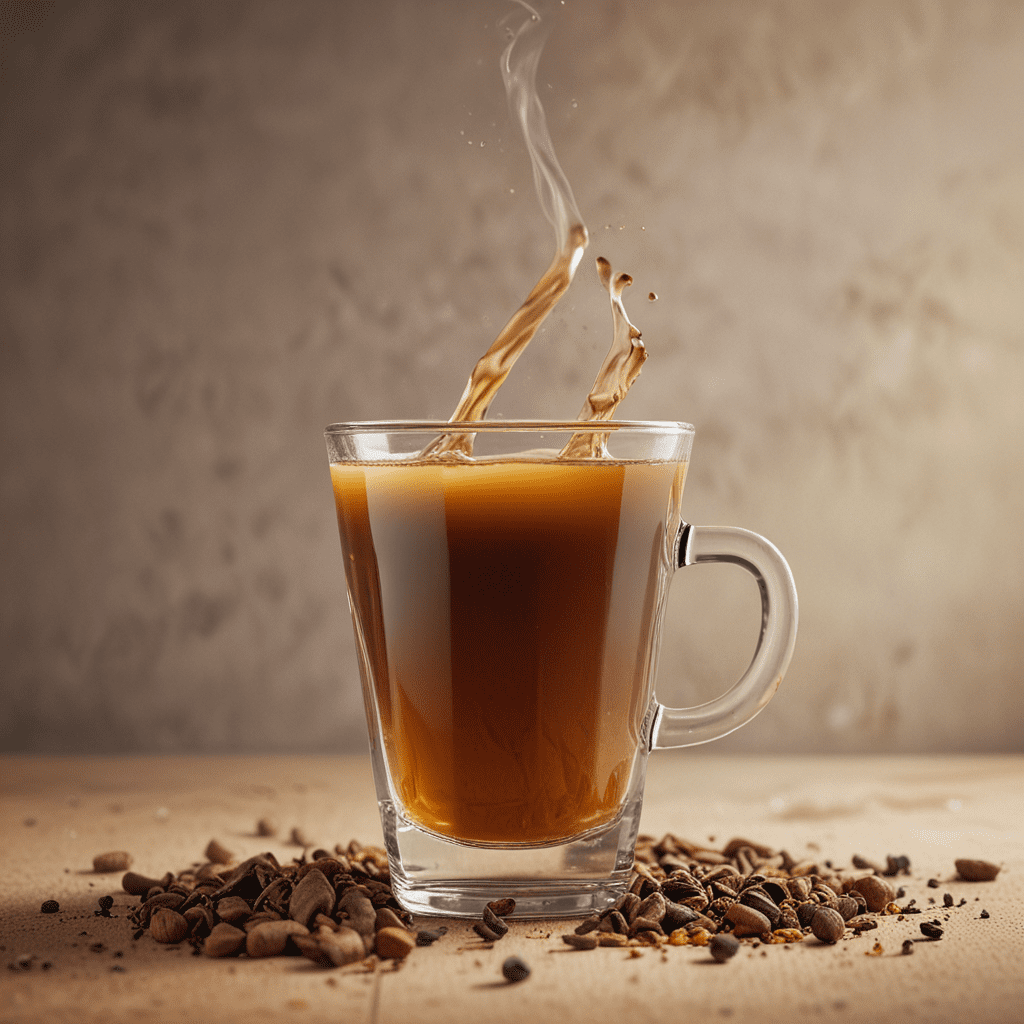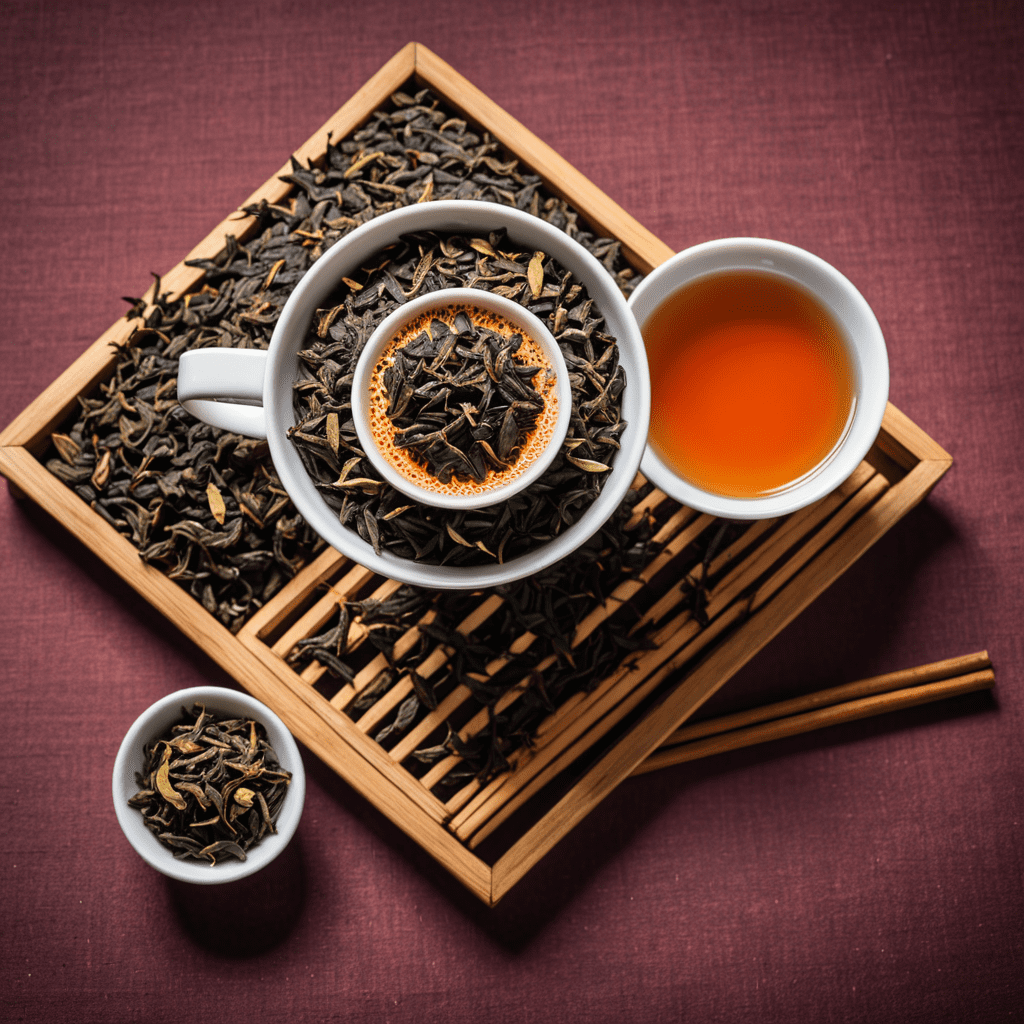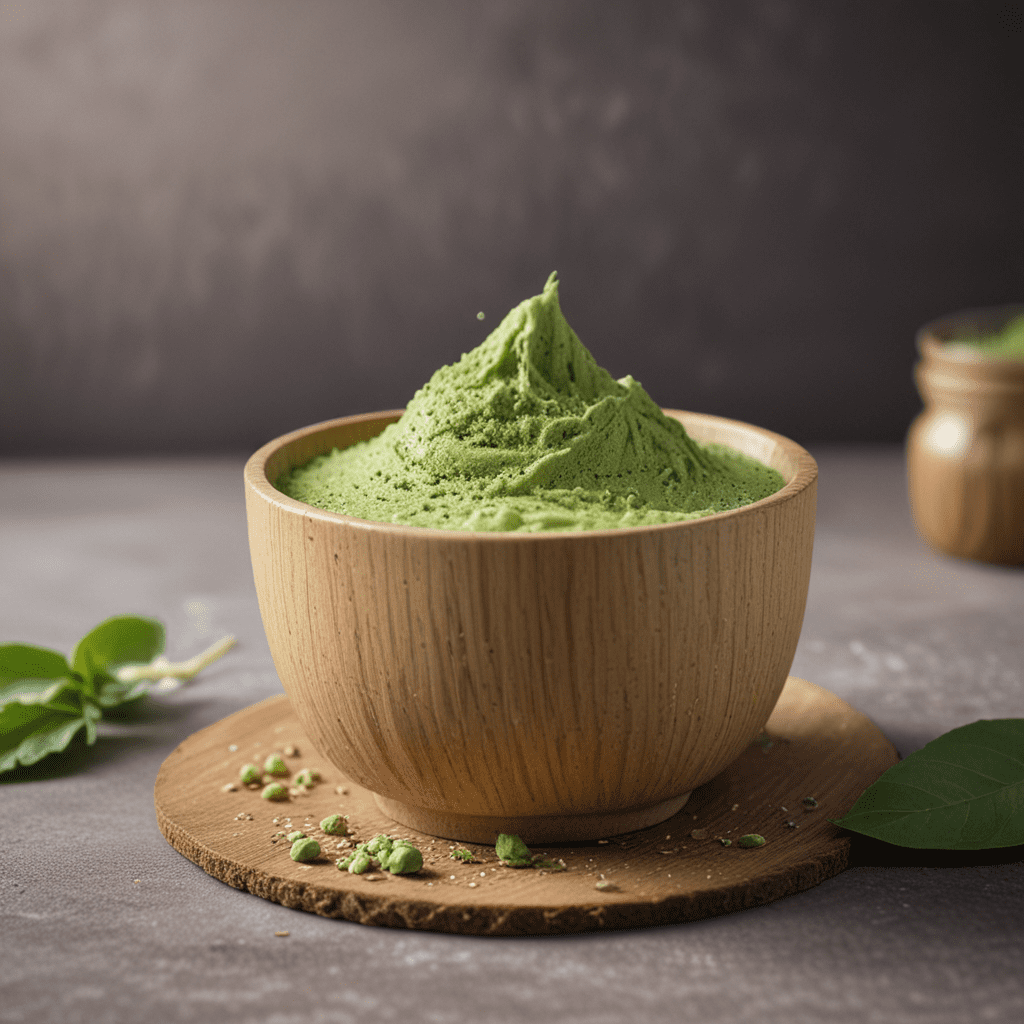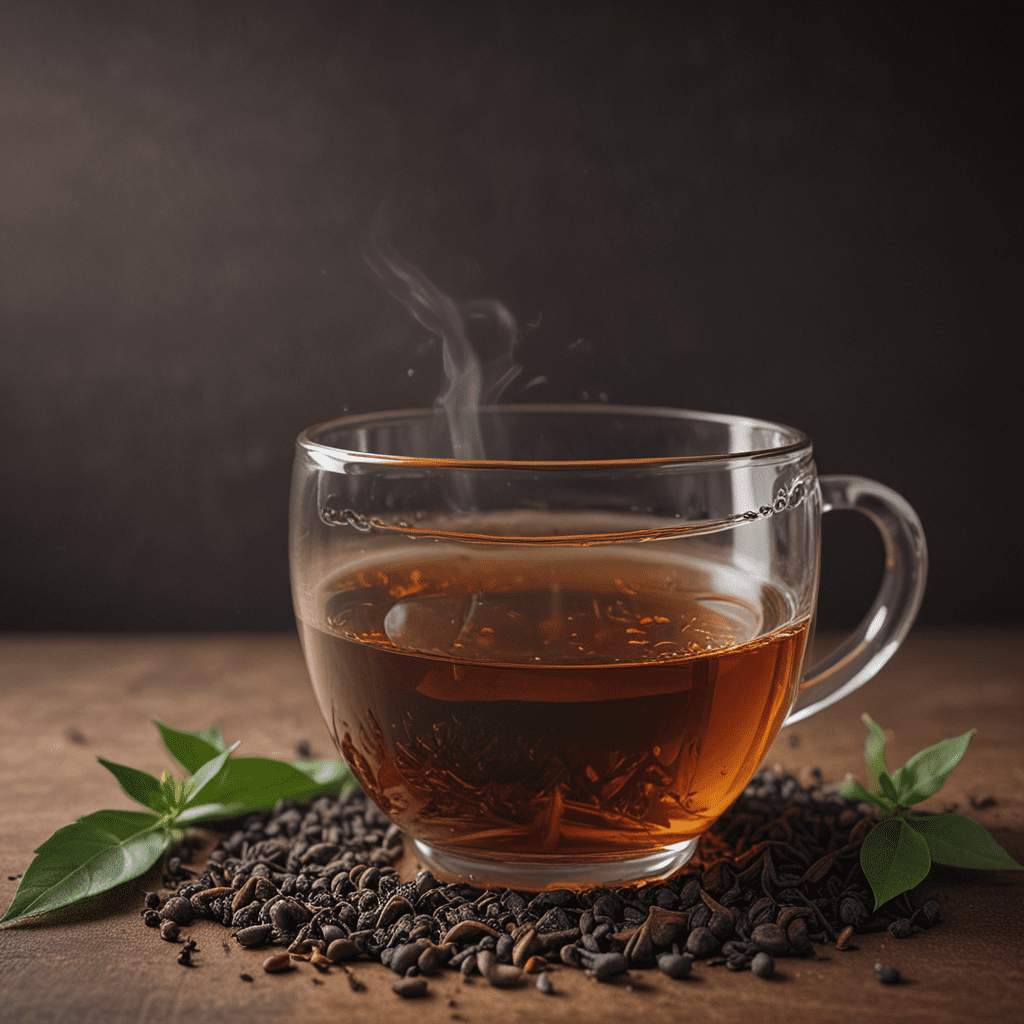
Chai Tea: Aromatic Pleasures for the Palate
1. Introduction: Chai Tea – A Journey of Flavors
Chai tea, an aromatic beverage steeped in tradition and beloved around the globe, is a symphony of flavors that tantalizes the senses. Its origins can be traced back to the Indian subcontinent, where it has been enjoyed for centuries as a comforting and invigorating brew. Today, chai tea continues to captivate palates with its unique blend of spices and its ability to transport one to a realm of tranquility and warmth.
2. The Origins and History of Chai Tea
The origins of chai tea are shrouded in mystery, with various legends and tales contributing to its rich tapestry. It is believed that the practice of boiling tea leaves with spices and herbs originated in India as early as the 13th century. Initially consumed by royalty and the elite, chai tea gradually became a staple beverage throughout the region. Its popularity surged during the British colonial era, when it was introduced to the Western world. Today, chai tea is enjoyed in countless variations and adaptations, reflecting its global embrace.
3. Ingredients and Blends: A Symphony of Spices
The essence of chai tea lies in its carefully curated blend of spices. Traditionally, chai tea comprises a harmonious symphony of black tea, ginger, cinnamon, cardamom, cloves, and black pepper. However, variations abound, with some recipes incorporating additional spices such as nutmeg, star anise, or fennel. The proportions and combinations of these spices vary greatly, giving rise to a diverse range of chai tea experiences.
4. The Health Benefits of Chai Tea: Mind, Body, and Spirit
Chai tea is not merely a beverage of delight but also a source of numerous health benefits. Its blend of spices has been traditionally valued for its therapeutic properties. Black tea, the base of chai tea, contains antioxidants that help protect against cell damage. Ginger aids in digestion and reduces inflammation, while cinnamon regulates blood sugar levels and boosts immunity. Cardamom and cloves possess antimicrobial and antibacterial qualities. Together, these spices create a holistic brew that nourishes both mind and body.
6. Chai Tea Rituals and Cultural Significance
Chai tea is more than just a beverage; it holds cultural and ritualistic significance in various parts of the world. In India, chai tea is an integral part of daily life, often prepared with great care and shared with friends and family. The preparation and serving of chai tea can vary depending on the region and tradition, adding to its rich tapestry.
7. Variations and Adaptations: A Global Embrace
Chai tea has transcended its origins, embracing global influences and adaptations. In Western cultures, chai tea has evolved into a diverse array of blends, incorporating spices and ingredients that cater to local palates. From the pumpkin spice chai tea popular in the United States to the ginger-centric chai tea prevalent in Europe, variations abound, showcasing the adaptability of this beloved beverage.
8. Sensory Delights: Aromas, Flavors, and Textures
Chai tea is a symphony of sensory delights. Its aromatic profile enchants with the heady scent of spices that mingle and evolve as the tea steeps. The flavors of chai tea are equally captivating, offering a harmonious blend of warmth and pungency. Ginger adds a touch of spice, while cardamom and cinnamon impart a sweet and earthy undertone. The textures of chai tea vary depending on preparation, ranging from a smooth and velvety brew to one with a slightly grainy texture.
9. Pairing Chai Tea: Culinary Harmony and Contrasts
Chai tea complements a wide range of culinary creations. Its aromatic profile pairs exceptionally well with desserts, particularly those featuring warm spices or chocolate. The sweetness of chai tea can balance the acidity of fruits, making it an ideal accompaniment to fruit tarts or cobblers. Chai tea also shines as an ingredient in savory dishes, adding depth and warmth to curries, stews, and even roasted vegetables.
10. Conclusion: Chai Tea – A Timeless Elixir of Comfort and Joy
Chai tea has captivated the hearts and palates of tea enthusiasts worldwide, transcending cultural and geographical boundaries. Its aromatic pleasures, diverse variations, and health-promoting qualities make it a timeless elixir of comfort and joy. Whether enjoyed in its traditional form or embraced in its many adaptations, chai tea continues to enchant, inviting us to savor the moment and revel in its rich tapestry of flavors.
FAQs on Chai Tea
1. What is the difference between chai tea and regular tea?
Chai tea is a spiced tea that typically contains black tea, ginger, cinnamon, cardamom, cloves, and black pepper. Regular tea, on the other hand, refers to tea leaves that have not been blended with spices.
2. How do I make chai tea at home?
To make chai tea at home, you will need to combine black tea, spices (such as ginger, cinnamon, cardamom, cloves, and black pepper), milk, and sweetener in a saucepan. Bring the mixture to a boil, then reduce heat and simmer for 10-15 minutes. Strain the tea and enjoy.
3. What are the health benefits of chai tea?
Chai tea contains antioxidants that help protect against cell damage. It can also aid in digestion, boost immunity, and regulate blood sugar levels.
4. Can I make chai tea without caffeine?
Yes, you can make chai tea without caffeine by using decaffeinated black tea. You can also use rooibos tea, which is a naturally caffeine-free herbal tea.
5. What are some popular variations of chai tea?
There are many popular variations of chai tea, including pumpkin spice chai tea, ginger chai tea, and masala chai tea. These variations typically incorporate different spices and ingredients to create unique flavor profiles.


